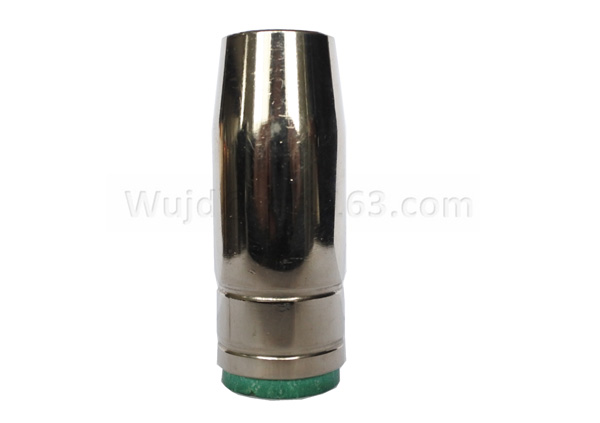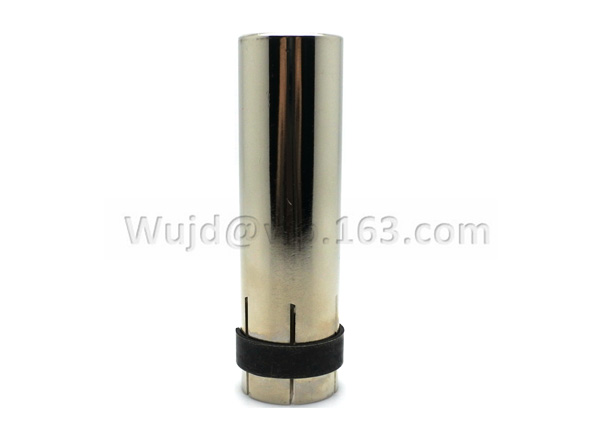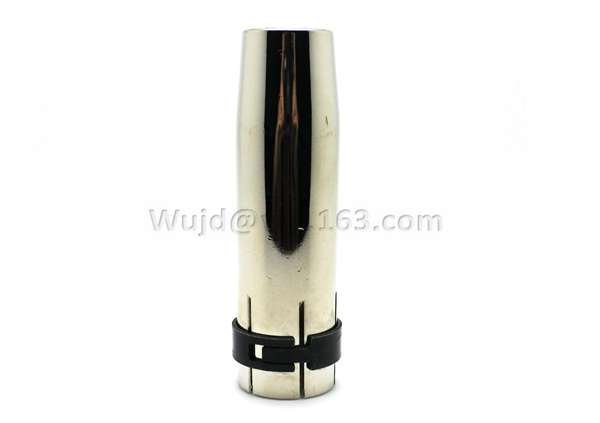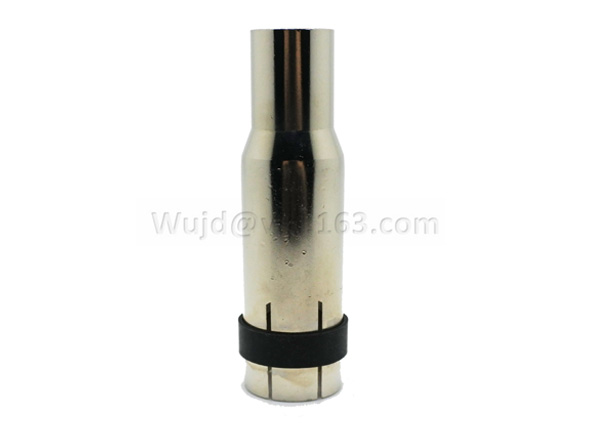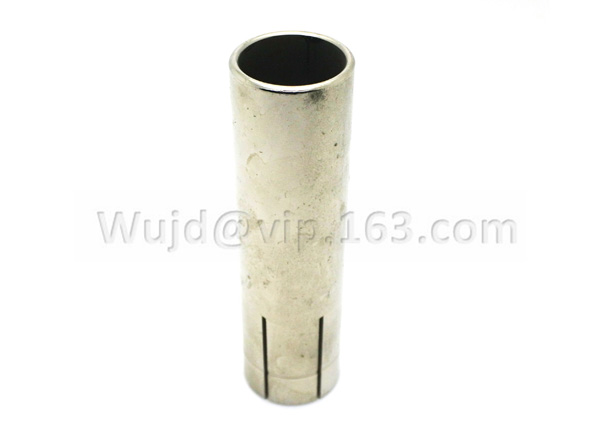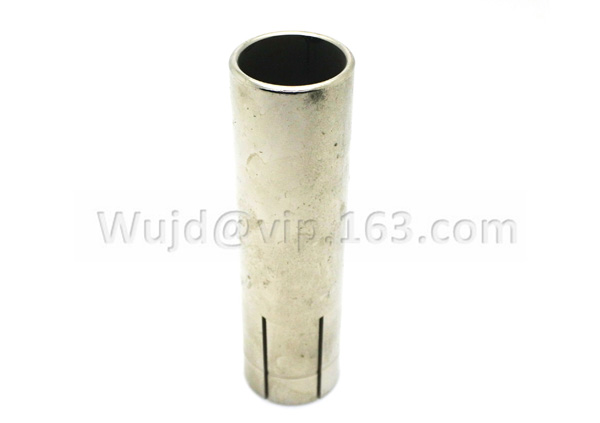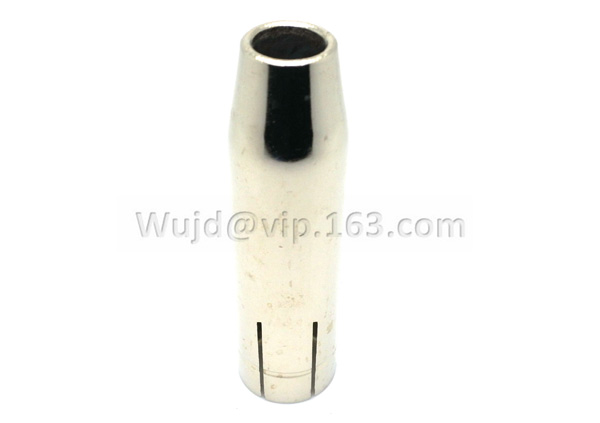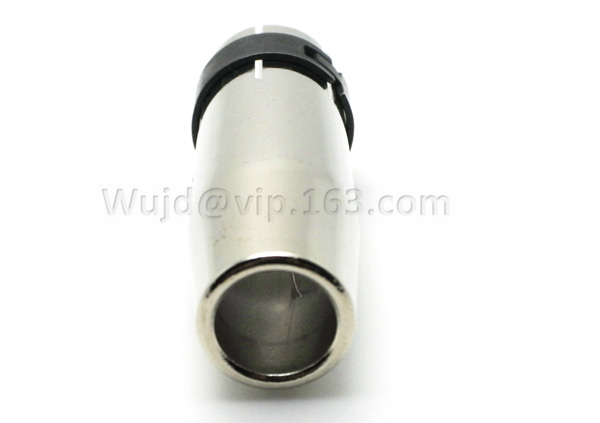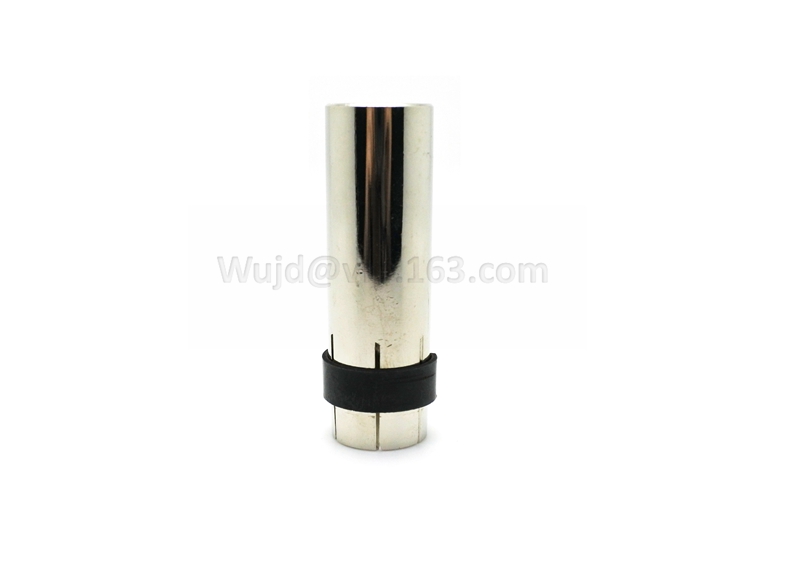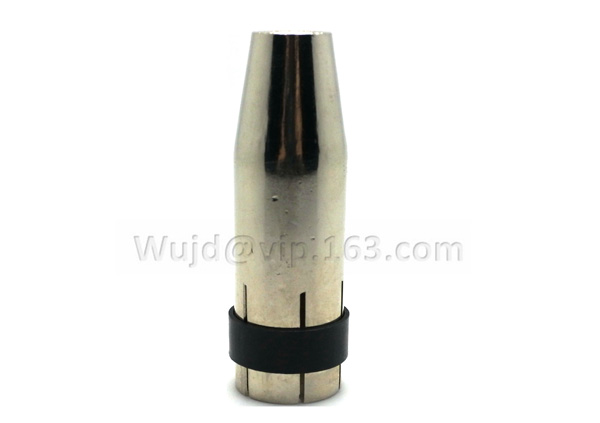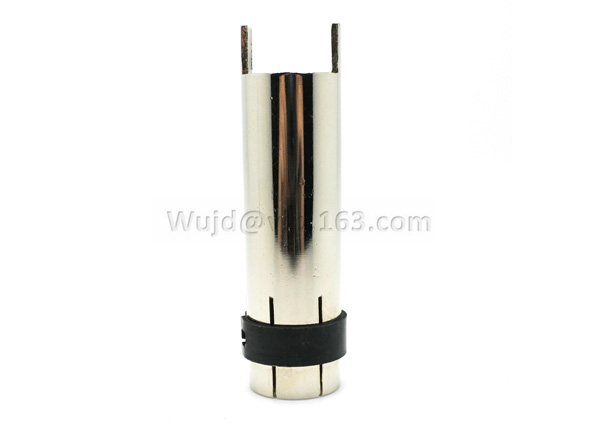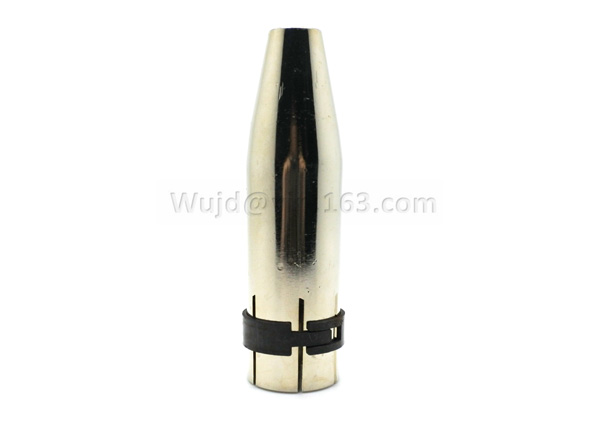In the world of MIG welding, achieving efficient shielding gas coverage is essential for producing high-quality welds. At the forefront of shielding gas distribution is the MIG welding torch nozzle, a critical component that plays a pivotal role in directing and optimizing the flow of shielding gas. In this product classification introduction, we will explore the significance of MIG welding torch nozzles and their impact on welding performance.
A MIG welding torch nozzle, also known as a gas nozzle or contact tip holder, is specifically designed to shape and guide the flow of shielding gas around the welding arc. It serves as a protective barrier, preventing atmospheric contamination and ensuring a stable welding environment. The nozzle's design and construction significantly influence the distribution and efficiency of the shielding gas, directly impacting the quality and integrity of the weld.
MIG welding torch nozzles come in various sizes and configurations to accommodate different welding applications and requirements. They are typically made from durable materials such as copper or brass to withstand the heat and wear associated with welding operations. The internal design of the nozzle, including its shape and diameter, is carefully engineered to optimize gas flow and coverage.
When selecting a MIG welding torch nozzle, it is important to consider factors such as compatibility with the torch model, nozzle size, and the specific welding application. Manufacturers and suppliers offer a wide range of options, ensuring that welders can find the right nozzle to suit their needs.




